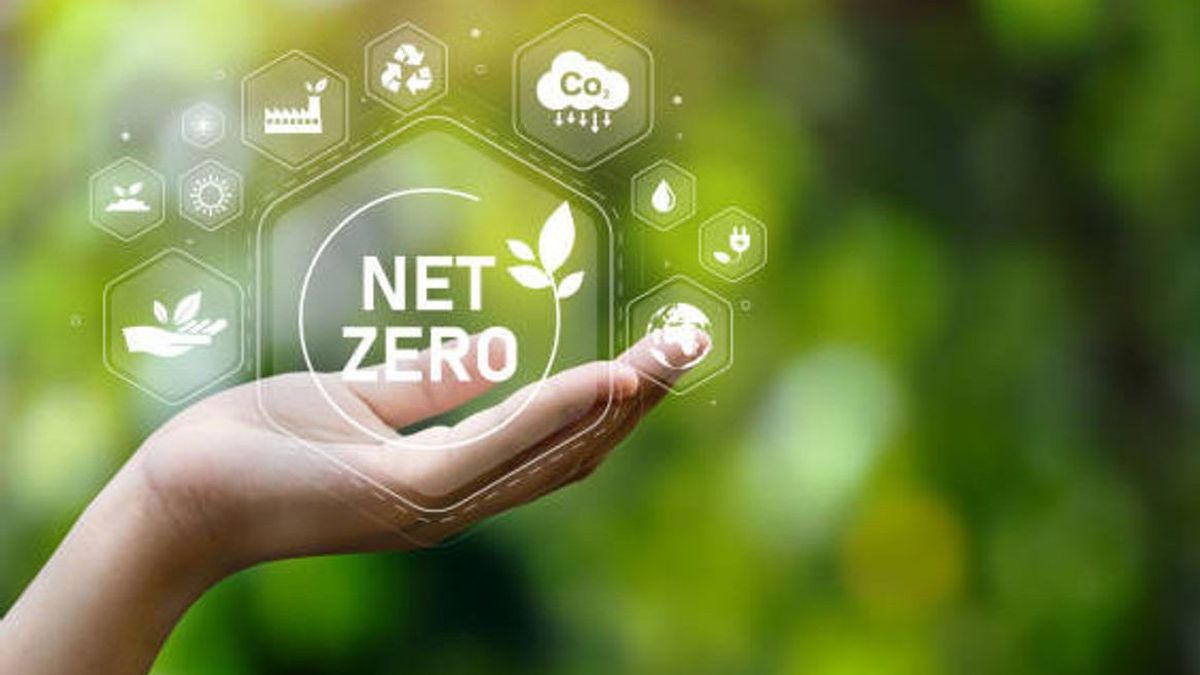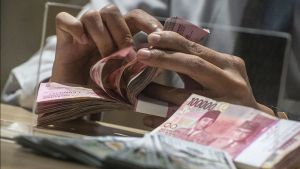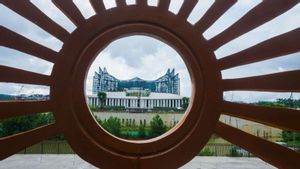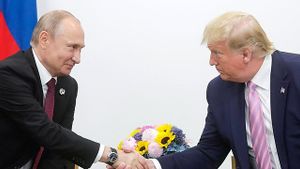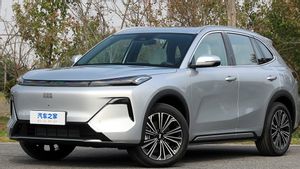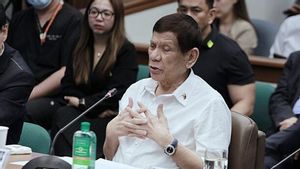YOGYAKARTA - The government continues to explore the potential for new and renewable energy in Indonesia to replace energy sources originating from fossil fuels. With this potential, it is hoped that Indonesia will have clean energy resources.
As is known, Indonesia has ambitions to achieve Net Zero Emission by 2060. As an effort to achieve this goal, the Government continues to explore the potential for new and renewable energy (EBT) in Indonesia.
Launching esdm.go.id website, the potential for EBT in the country comes from several sources, namely as follows.
Indonesia has the potential to have a Micro Hydro Power Plant (PLTMH), namely energy-producing technology that utilizes water flows around which can be converted into electricity. It is called micro because the water discharge used is relatively small and is widely found in the community.
The way PLTMH works is by utilizing the flow of water to move artificial turbines. Turbin will produce mechanical energy which is then channeled to generators to produce electricity.
Apart from being more environmentally friendly, another advantage of PLTMH is that it only requires relatively cheap operational costs compared to other energy sources.
Quoted from the ditjenppi.menlhk.go.id, the average investment value needed to make PLTMH as a source of village lighting 24 hours only needs Rp20 to Rp30 million per 1,000 watts.
The government also continues to encourage the optimization of biomass as EBT. Biomass itself is a term used for all organic compounds from agricultural, alga, and organic waste plants. Biomass is grouped into three, namely wood biomass, non-woody biomass, and secondary biomass.
The government also continues to make breakthroughs to take advantage of biomass. This is done to reduce the use of coal which is currently still a national mainstay. In addition, the use of biomass is also used to encourage the target of the EBT mix in 2025.
Quoted from esdm.go.id, until the end of 2019, the achievement of the EBT mix was 9.15 percent which included 6.2 percent of the EBT PLT and 2.95 percent of the BBN (biodiesel).
There are various efforts that the Government can make to utilize biomass such as utilizing agricultural and forestry industrial waste or integrating biomass development with community economic activities.
Solar energy is energy that comes from sunlight and heat which is then converted into electrical energy. Its utilization is carried out by converting abundant sunlight in Indonesia directly into heat or electricity.
Quoted from ebtke.esdm.go.id, the potential for solar energy in Indonesia reaches 200,000 MW, while its utilization in Indonesia is only around 150 MW.
Solar energy development can be done by utilizing PLTS in rural and urban areas. In addition, it can be done through the commercialization of PLTS by involving the private sector.
The government also continues to try to utilize wind energy as a source of electricity through the manufacture of PLT-Angin. The government itself targets the construction of PLT-Angin Wind Power Plants by 2025 by 255 MW. However, until 2020, PLT-Angin, which has been successfully installed, has only reached 135 MW covering 75 MW in Sidrap and 60 MW in Janeponto.
Quoted from p3tkebt.esdm.go.id, based on mapping, the high wind speed onshore areas is on the southern coast of Java, South Sulawesi, Maluku, and NTT islands. While the offshore areas are in Banten, Sukabumi, Kupang, Wetar Island, Jeneponto Regency, and Tanimbar Islands Regency.
Another source of energy that has great potential as EBT in Indonesia is nuclear energy. Apart from potentially being an energy source, nuclear can be used for other purposes such as in the agricultural, health, and industrial sectors. Unfortunately, until now nuclear development is still reaping pros and cons.
The development of nuclear energy itself can be done by the Government by socializing to citizens to get support. In addition, working with other countries to develop related technologies.
That's information related to the potential for new and renewable energy in Indonesia. To get other interesting information, visit VOI.ID.
The English, Chinese, Japanese, Arabic, and French versions are automatically generated by the AI. So there may still be inaccuracies in translating, please always see Indonesian as our main language. (system supported by DigitalSiber.id)
